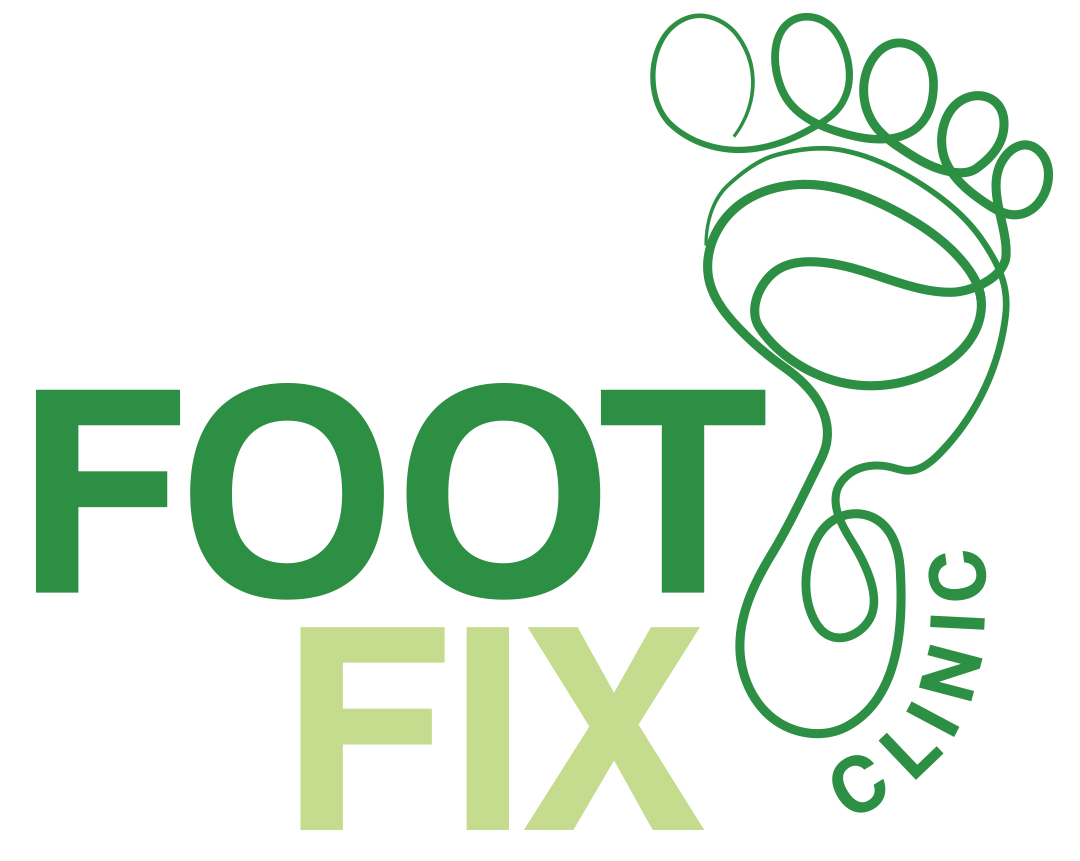As a profession we see many foot conditions in older people which could be avoided by detection and treatment during childhood. The information contained below may help you as a parent to recognise and avoid some of these disorders in your children’s feet.
Between birth and your child’s first step the bones in their feet and legs are undergoing important developmental changes. The only care required is to ensure that this development takes place unimpeded by the restraints of tight footwear and bedclothes. Socks and booties should provide room for toes to move and blankets should not restrict foot and leg movements. Barefoot activity is fine in safe areas around the home.
The growing child’s foot may be affected by the position in which your child sits or sleeps. Sitting on the floor with knees bent and feet turned out, or sleeping on their tummies with feet turned out, should be discouraged.
Childhood Development
The average age at which children take their first step is about 14 months, although it is normal for them to walk four months before or after this time.
Encouragement by you will not change this and is unnecessary. Similarly, walking frames should be avoided. When they do finally walk allow them the comfort of bare feet as much as possible.
Mechanical Imbalances
Many of the painful foot problems in adult life have their origins in “mechanical imbalances” in the growing child’s foot and leg. Because many of these mechanical imbalances are reversible in children, podiatrists believe routine foot check-ups during growing years are desirable, particularly if you notice any of the following signs in your children:
- awkwardness when walking or running
- unusual wear patterns in your child’s shoes
- the presence of corns, callus
- painful or “tired” legs after activity
Where correction is required your podiatrist may be able to help by providing corrective devices “orthoses” to fit in your child’s shoes and by prescribing specific exercises.
Shoe Fitting
Although barefoot activity is advocated for most normal feet there are times when shoes must be worn. Some things to look for when buying children’s shoes are:
- a “retaining” mechanism (a strap or lace) to hold the foot back in the heel of the shoe
- heel height of 2cm or less
- inflexible sole between the heel and the ball of the foot
- flexible sole at the ball of the foot
- good width across the top of the front of the foot
- good length approximately an adults thumb nail from the longest toe to the end of the shoe
Socks and stockings should allow sufficient room for the toes to move freely. Always fit your child standing and try both shoes. Sandals make an ideal alternative to bare feet try to get a sandal closed in at the back.
It is not uncommon to have one foot longer than the other make sure the longest foot is measured and to the longest toe.
Outgrowing ingrown toe nails
One of the major causes of ingrown toenails is incorrect cutting, particularly in children. Correct nail care involves:
- cutting the nail straight across in line with the end of the toe, (hold the cutting tool at right angles to the end of the toe)
- taking two or three cuts for each toenail
- pushing the bottom tip of the cutting tool from under nail before you cut
- lightly file the nail
Cutting the nail down at the sides and pushing the cuticle back should be avoided. If your child develops an ingrown toenail seek professional advice from a podiatrist as early as possible to prevent complications developing.
Note: it is a myth that cutting V’s in toenails helps to grow nails out, it just gives a fancy shape!
Osgood Schlatters syndrome
Osgood-Schlatter syndrome is a condition that affects the knees in growing adolescents. It is caused by repetitive stress on the knee, particularly during sports or other physical activities. The condition results in pain and swelling at the front of the knee, just below the kneecap. It is most common in boys between the ages of 10-15 and girls between the ages of 8-13. Treatment for Osgood-Schlatter syndrome usually includes rest, ice, and physical therapy. In severe cases, surgery may be necessary.
Sever’s Disease
Sever’s disease, also known as calcaneal apophysitis, is a common condition that affects children and adolescents who are active in sports. It occurs when the growth plate in the heel bone becomes inflamed due to repetitive stress and strain. The condition causes pain and tenderness in the heel, particularly during physical activity. Sever’s disease is most common in children between the ages of 8-14 who are involved in activities that involve running and jumping, such as soccer, basketball, and gymnastics.
Treatment for Sever’s disease usually includes rest, ice, stretching, and physical therapy. In severe cases, a cast or brace may be necessary. It is important to seek medical attention if the pain is severe or persists for more than a few weeks.
Paediatric Flatfoot
Paediatric pes planus, also known as flat feet, is a common condition in children where the arch of the foot is flattened or absent. It is usually painless and normalises as the child grows older. It can be a normal variant of foot development or can be associated with other medical conditions such as cerebral palsy and muscular dystrophy.
In some cases, flat feet may cause pain, discomfort, and difficulty walking or standing for prolonged periods. Treatment options for symptomatic flat feet may include supportive shoes, orthotics, and physical therapy. Surgery is rarely necessary.
It is important to have a child’s feet evaluated by a healthcare professional to determine if treatment is necessary. Children with flat feet should continue to engage in physical activities and sports, as long as they are comfortable and their activities do not cause pain.
If your child has any of the above complaints, please contact our clinic so we can help your child.
